VOLUME 37
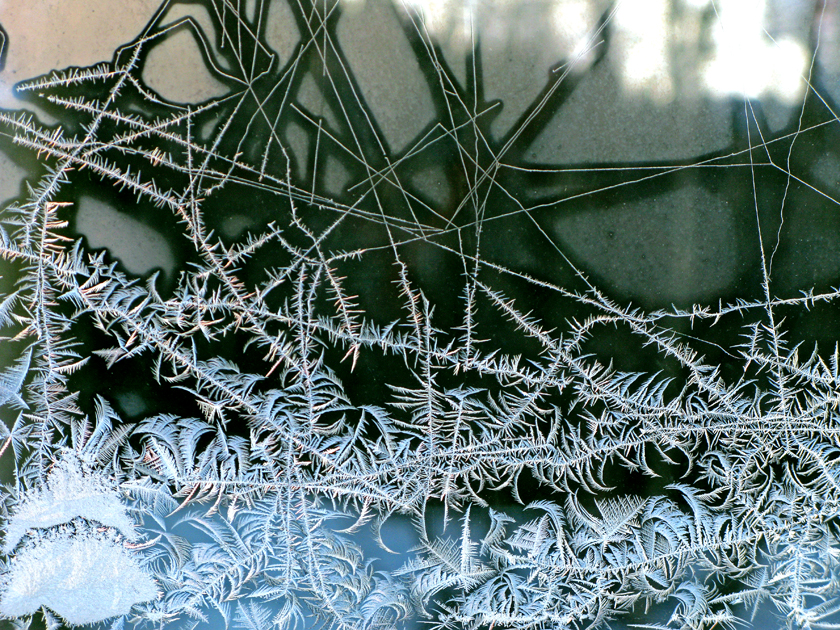
(N)EVERLASTING: IMPERMANENCE IN DESIGN CULTURE Volume 37 Full PDF (2015) Abstract With the arrival of the digital age and a culture dedicated to speed and efficiency, much of contemporary design has lost an old motivation: to create artifacts or experiences of permanence. Not even incredible breakthroughs remain for very long before they become the undiscussed […]
Remember by Steven Matijcio

Remember In his 2009 book What is an Apparatus? Italian political philosopher Giorgio Agamben characterized his titular inquiry as “literally anything that has in some way the capacity to capture, orient, determine, intercept, model, control or secure the gestures, behaviors, opinions, or discourses of living beings.” (1) He goes on to explain that beyond institutions (such […]
The Arrogance of Permanence (or Designs Should Flow like Leaves) by Aly Khalifa
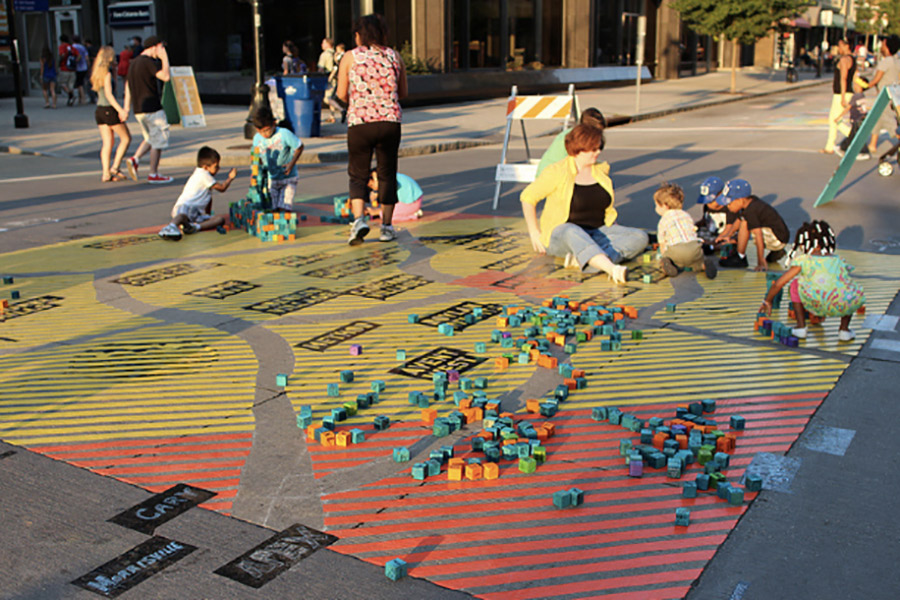
We are taught in design school that the best designs have a lasting quality. We see beautiful commercial objects in venues like New York’s Museum of Modern Art and are led to think it represents the ultimate achievement of a design project. Designers are then inspired to create solutions that might one day be next […]
401 Oberlin Road + 520 S Person Street by Erin Sterling Lewis
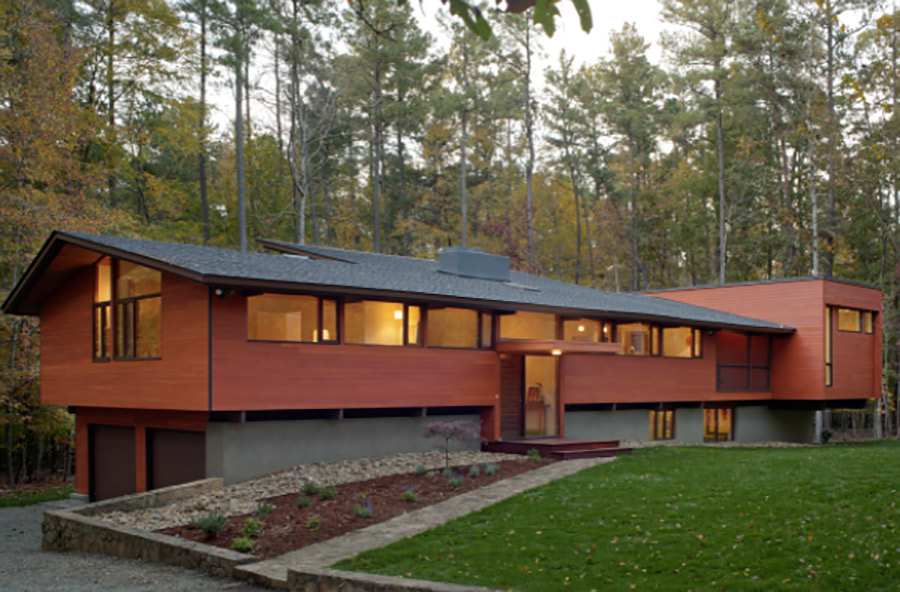
Change is constant. It insinuates impermanence and can be exciting or devastating. Living in the fast growing city of Raleigh, I’ve seen a tremendous amount of change since moving here in 2002 – some exciting and some devastating. I practiced architecture for seven years before serving on the Raleigh Planning Commission. I worked on buildings […]
Volume 37 Confirmed Contributors!

We have a great list of contributors for Volume 37, including Lev Manovich, Diller, Scofidio + Renfro, Aly Khalifa and more! We’re really excited for how this volume is coming together.
An Interview with Dan Gottlieb
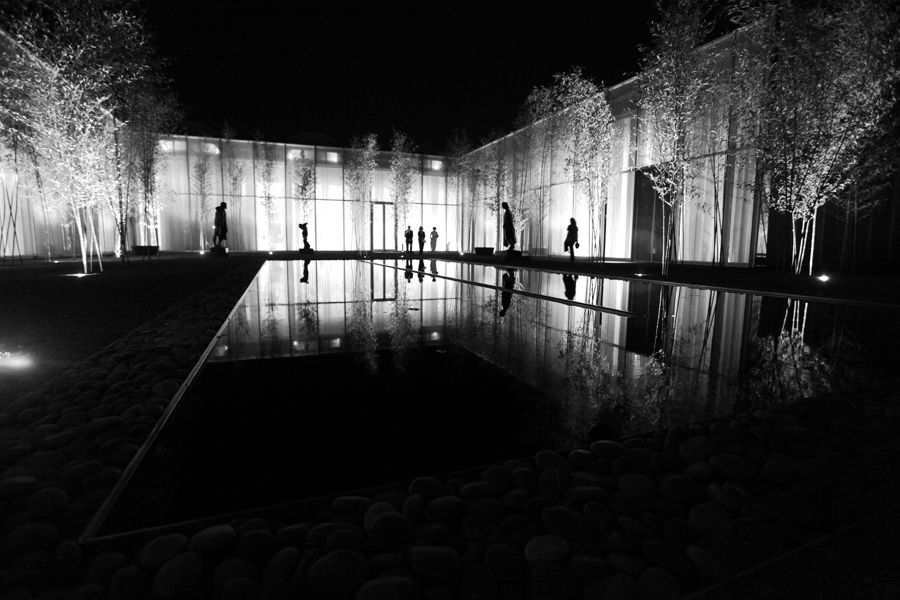
(Dan Gottlieb was interviewed by Shelley Smith, Master of Art + Design student) [SS] I’d like us to just kind of start with a general who you are and how you came to be here. You mentioned that you were a fine artist, so–that’s quite a career path. [DG] Yes, well, in retrospect, it feels […]
Hopscotch by Grayson Currin

Last weekend, people would not stop asking me if I was having a good time. In rock clubs, on city street corners and even at the table at which my wife and I finally sat down to have dinner around 1:30 a.m. on a Friday night: Everywhere I went, there the question (or some variation […]
What Does Planting Tomatoes Have To Do with Fashion? by Natalie Chanin
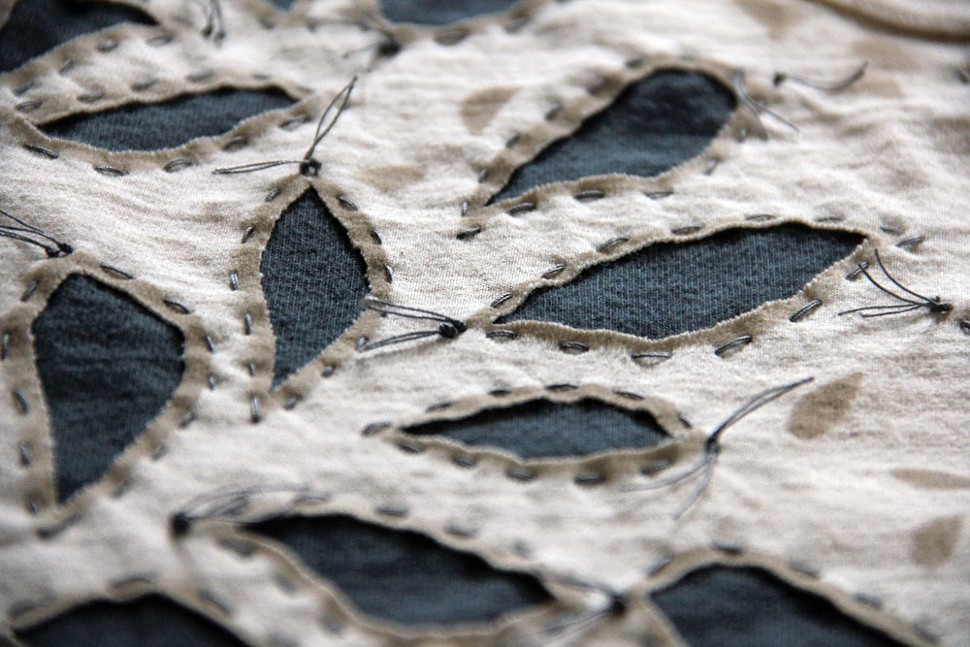
This essay is adapted and reprinted with permission from EarthPledge Publishing. The Alabama tomato is truly a wonder. It takes on the color of the deep red soil, and the taste borders on sweet and tart. I grew up eating these tomatoes straight out of my grandparent’s garden in Florence, Alabama, and after having lived […]
Terra Incognita: 1000 Cities of the World by Catherine D’Ignazio
Terra Incognita was a Latin term used on maps from the Age of Discovery to denote unexplored territories. It’s a perspectival term. Because, of course, there were people like the Tupinambá actually living in those seemingly unexplored lands on Martin Waldseemüller’s map. The places the Tupinambá knew intimately — where they fished or hunted or […]
Blur by Elizabeth Diller, Richard Scofidio and Charles Renfro

Location: Yverdons-les-Bains, Switzerland Scale: 80,000 sf (7400 sm) Status: Completed 2002 Awards Progressive Architecture – P/A Design Award – 2003 Swiss TV and B. magazine – Golden Rabbit for Best Building of 2002 – 2003 The Guardian – Top Ten Buildings of the Decade – 2009 Summary Blur is an architecture of atmosphere—a fog mass resulting from natural […]
Volume 37 Contributor: Lev Manovich
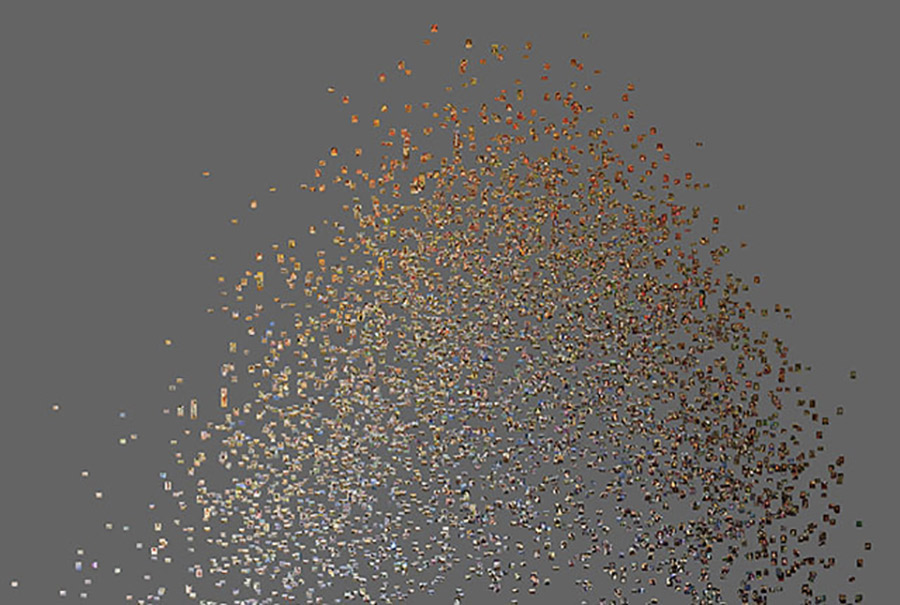
Lev Manovich is a new media theorist and digital culture advocate. He is a professor at The Graduate Center, CUNY, and a Director of the Software Studies Initiative which works on the analysis and visualization of big cultural data. His work is about creating permanent documents out of seemingly impermanent or unconnected pieces. Manovich will provide […]
2014 Team: Advisory Committee
Our team of advisers represent various realms of design and respond to our work with insight from their combined years of experience. Tania Allen Assistant Professor of Art + Design Denise Gonzales Crisp Professor of Graphic Design Russell Flinchum Associate Professor of Art and Design/Industrial Design Jennifer Landin Teaching Assistant Professor of Biology Fernando Magallanes […]
